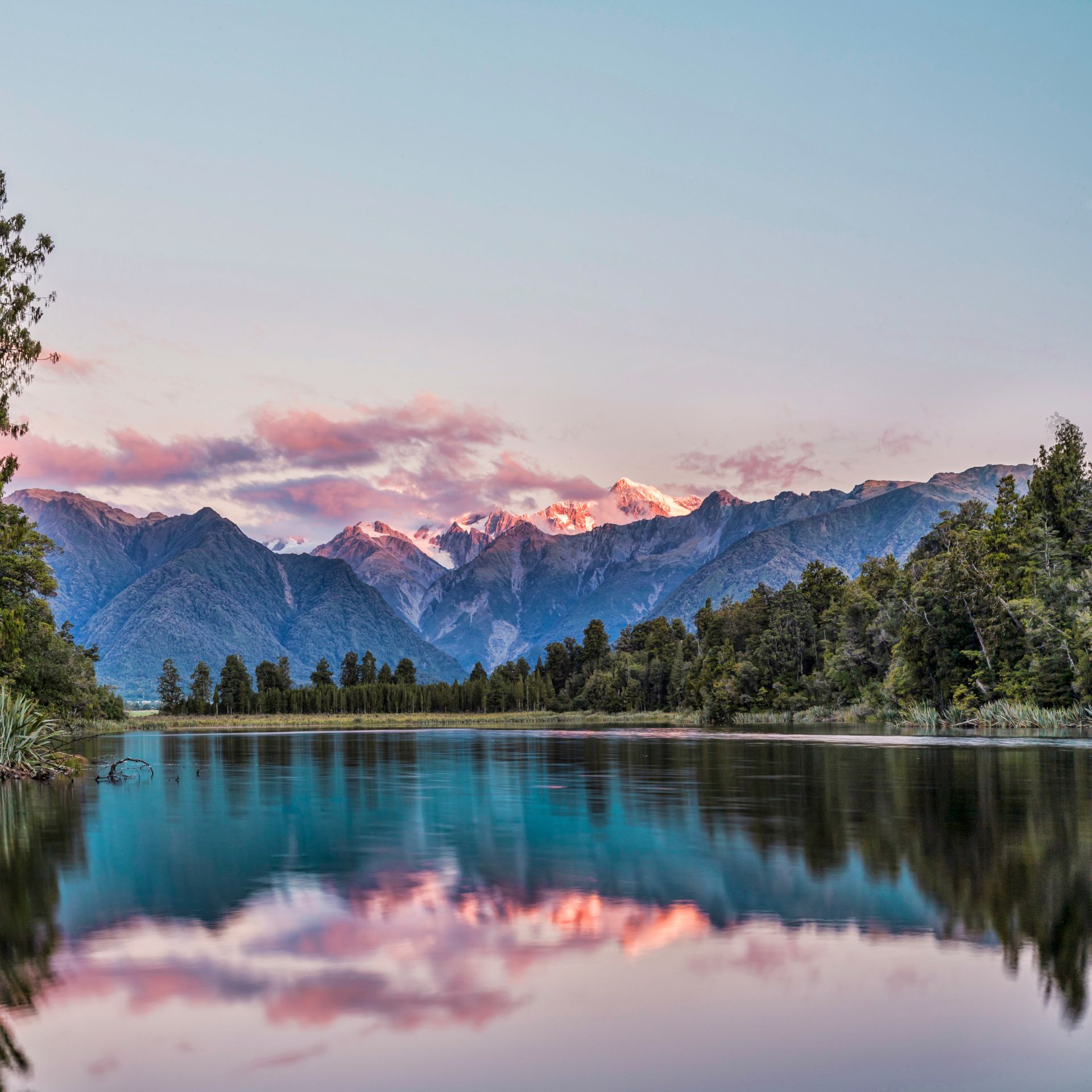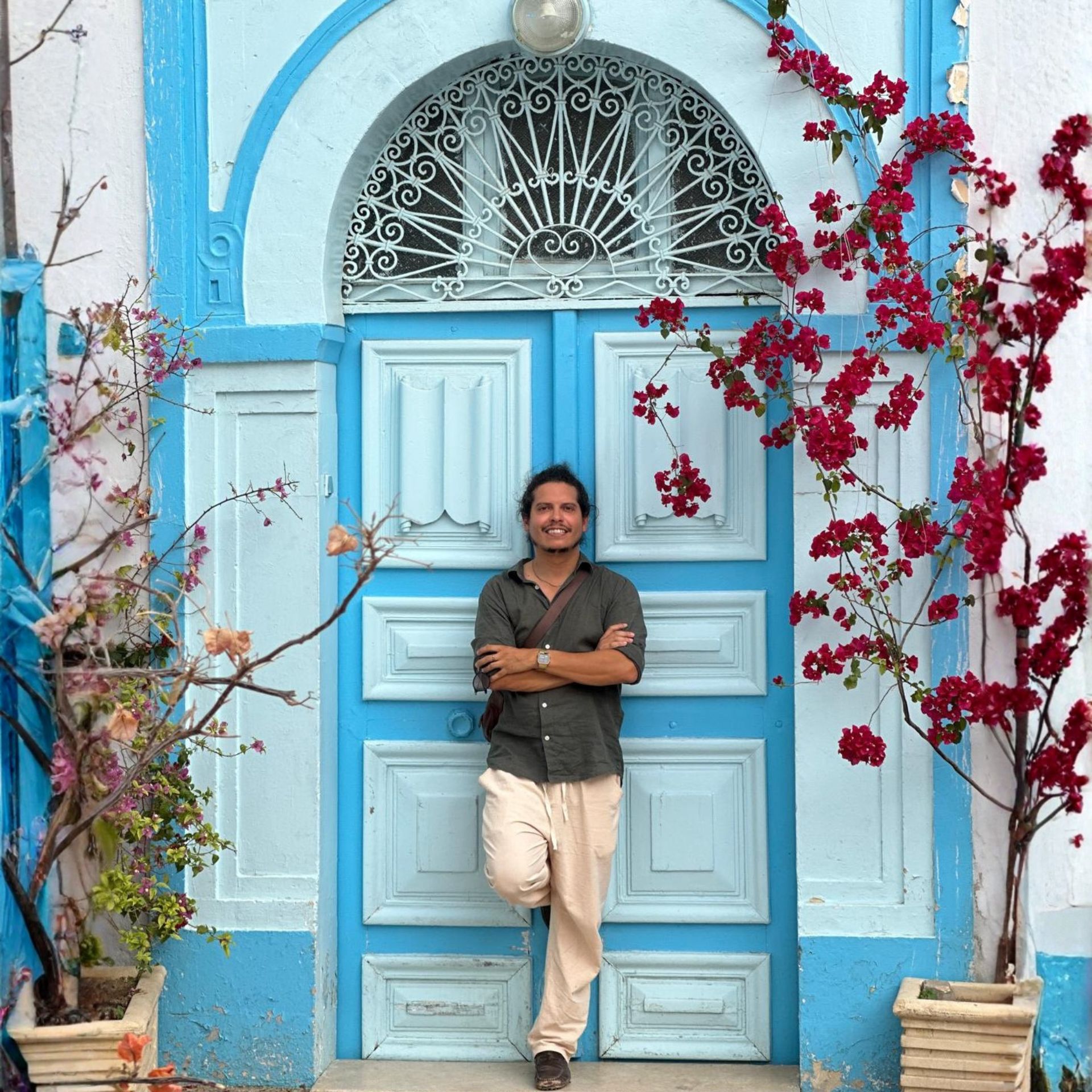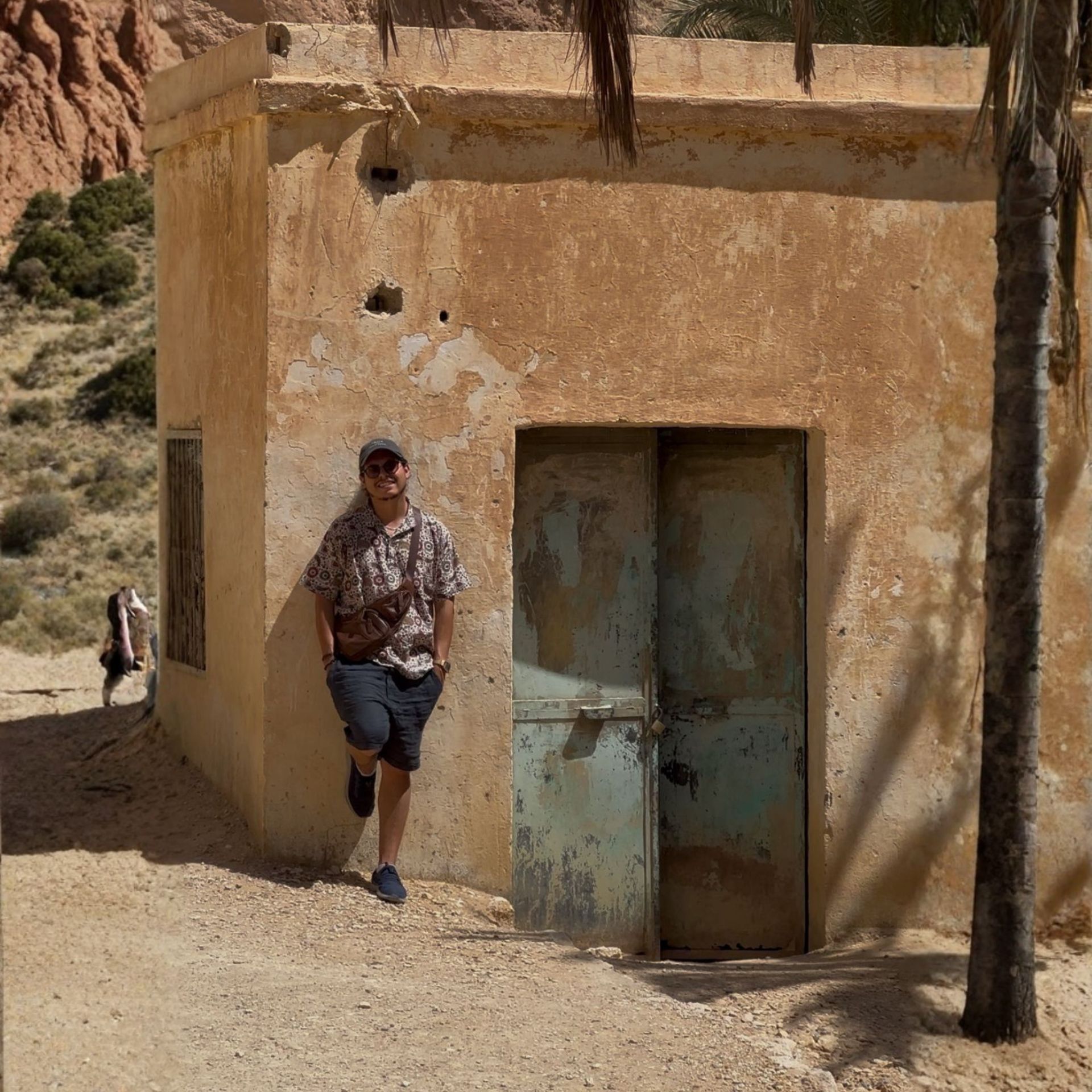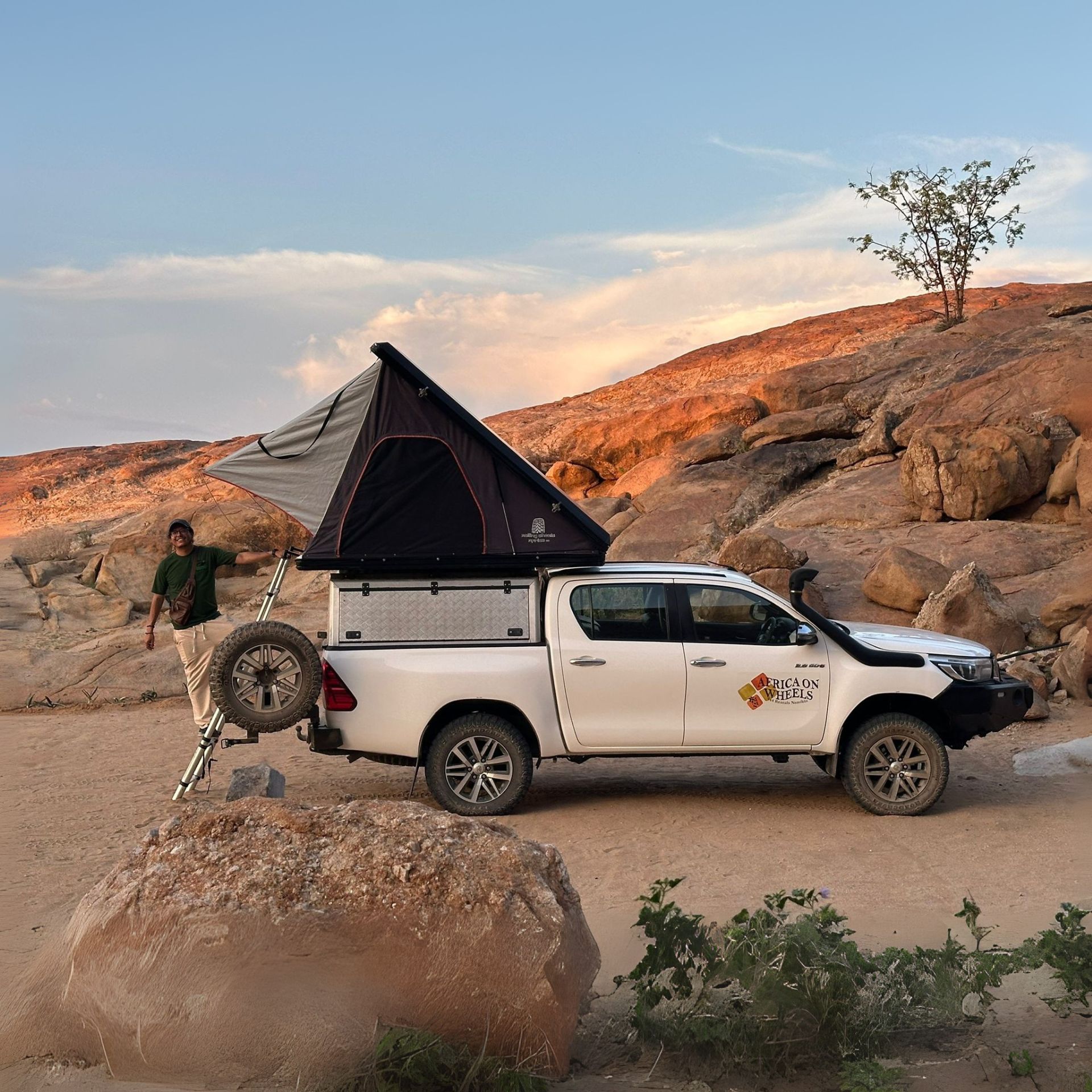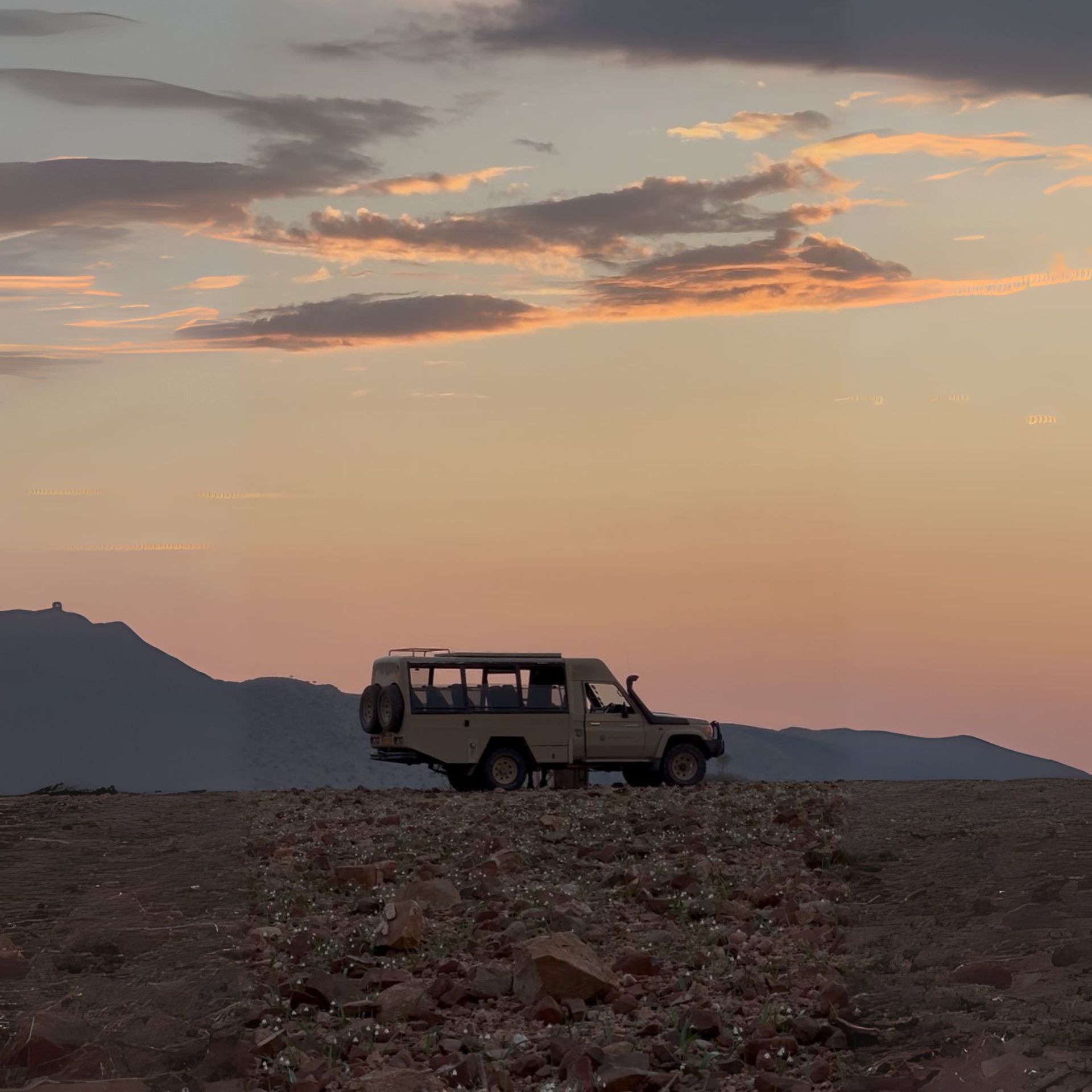Completely unknown by some and unrecognized by the rest, Somaliland is the country that is not a country. It’s in a limbo of existence where visitors are welcomed with camel milk, qat and a smile.
“If you travel there independently, there is a big chance you will never come back”. Those were the words I heard more than once before I traveled to Somaliland. Words that might sound a little bit exaggerating at first sight, but when you point out the complex political situation of the country and hear what Somaliland’s status is, it is not difficult to ignore such a scenario.
Somaliland is an unrecognized state officially part of Somalia, but at the same time not having anything to do with it. It is a nonexistent country surviving with almost zero help, and even though it fulfils everything to become an independent state, world leaders don’t want to remember it exists.

From the moment I arrived, two things made me realize right away this was not Somalia. First, how safe for tourism it felt like and second, how economically and politically independent Somaliland is.
Before my visit, I had to apply for a Somaliland visa in a Somaliland consulate. Once at the border, I was checked by Somaliland soldiers wearing Somaliland border patrol uniforms. After my arrival, I bought a Somaliland sim card paid with Somaliland shillings and got into a taxi with a Somaliland license plate heading to my hotel next to the Somaliland governmental buildings.
Futhermore, I was not welcome with kalashnikovs and metal detectors, but with camel milk, a smile and sometimes even a hug. What I saw was a country that tries to move forward, while everyone outside its borders simply looks aside.

Welcome to the most forgotten place on Earth
I never heard about Somaliland in high school, neither in college, or while exploring other continents. The very first time I learnt about this place was while planning my trip around the Horn of Africa and finding out more about the volatility of the region. Unfortunately, information about Somaliland is limited and besides warnings against any travel by embassies and consulates, as well some general press, a part of me felt like traveling into the unknown.

A desire for visiting such a region raises a fair question. Why would anyone with a clear head want to visit the unrecognized state shackled to one of the poorest and most desolated countries on Earth?
Curious about the few intrepid travelers who adventured this unknown destination, I found a couple of fascinating stories about the country and how stable and peaceful Somaliland was. National Geographic issued a story contrasting Somalia and Somaliland back in 2009 and even a close friend of mine traveled Somaliland completely independently and reported on a blog how life in limbo looked like.
This was not ground zero for suicide bombings and kidnappings anymore. It was a destination happy to see foreigners exploring its cultural beauty and learning one very important thing: Somaliland should not be represented by Somalia.

A country living on scraps
With no international recognition and neglecting any help from their recognized counterpart, Somaliland’s resources are very limited. They can’t get direct help from the United Nations and only a few non-governmental organizations have shown interest in sending help.
Today, Somaliland has political contacts with its neighbours Ethiopia and Djibouti, the non-UN member China as well as with South Africa, Sweden, and the United Kingdom. Still, this is not enough to seek independence.
This is visible everywhere I went to, as facilities are very basic, infrastructure is minimal and their currency is completely uncontrolled. Somaliland banknotes are worth pennies and if you exchange 100 EUR in Somaliland Shillings, expect to get at least a bag full of money. Camels and goats are also a common currency for bigger transactions and even my tour guide told me that some people feel more comfortable negotiating with animals instead of paper.
Read more: In search for Ethiopia’s atypical rock-hewn churches
Read more: Visiting the most bizzare landscape in the world – the Danakil Depression

This kind of simplicity was also very appealing for any curious traveler. Walking in the streets of Hargeisa, Somaliland’s capital, was a journey back in time. A time in which trade and life was simpler, and everyone was only caring about today and tomorrow.
This was also the place where seeing a young foreigner is weird and me having an afro haircut during that visit didn’t help much. While walking around the food markets of Hargeisa, young men screaming “Marcelo” or “Fellaini” compared me to long haired football players living in Europe, while older men simply stopped me and asked in Arabic right away, “hal ‘ant ‘amra’at?” – meaning “are you a woman?”
Women were also fascinated by my uncommonly long hair. Sometimes they looked confused trying to figure out if I was a man or a woman, while others simply used hand gestures to tell me I should cut my hair.
Read more: Best things to do in Hargeisa
Read more: Abuna Yemata Guh, Ethiopia’s Church In The Sky

Nights in Somaliland were calm, but at the same time full of new experiences. I tasted camel steaks in Hargeisa and ate fresh fish in Yemeni style at the coastal town of Berbera. I felt welcomed by all Somalilanders I met on the way and of course, all of these feasts were accompanied by laughs and stories while drinking soda and chewing some qat, a plant, which is said to cause excitement and euphoria – but to me, it simply kept me awake for hours.
Read more: Exploring Djibouti’s alien landscapes – Lac Abbe and Lac Assal

A upcoming bright future
It is still unsure how Somaliland will develop in the upcoming decades. Many political experts think independence would set off a domino effect of unrecognized movements destabilizing the rest of Africa, while others believe it is time to give Somaliland the recognition they deserve.
For now, Somaliland is attracting visitors and attention with their strongest weapons: good hospitality and a smile.
Reading more: Visiting Djibouti City – The Paris of Africa
Read more: In search for Ethiopia’s atypical rock-hewn churches

Even though modern facilities and services are scarce, I learned a lot about this country and its people in just a week. I walked along deserted beaches, saw the most significant Neolithic rock-painting site in whole Africa, got lost in markets full of unnecessary products and smelly food and felt more than welcomed in a place most people think, “I have to live in a bunker, in order to feel safe”.
Somaliland showed me a different facet of the world. Not the one that politics and economics presents, but the one represented by its people.
Read more: How to cross the land border between Djibouti and Somaliland


